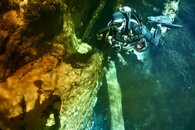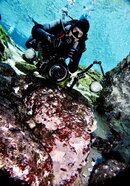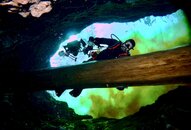Macdalmore
New
Hi
I'm looking to upgrade my Olympus tg5 since I want better image quality.
I was leaning towards the Olympus E-M10 IV with AOI housing, but I've found a second hand canon R50 with Nauticam pro housing in the same price range.
I've been mainly shooting macro but also the occasional wide angle.
Now I would like to have some advice which camera is better at the moment since I can't find much info on de canon r50.
I'm looking to upgrade my Olympus tg5 since I want better image quality.
I was leaning towards the Olympus E-M10 IV with AOI housing, but I've found a second hand canon R50 with Nauticam pro housing in the same price range.
I've been mainly shooting macro but also the occasional wide angle.
Now I would like to have some advice which camera is better at the moment since I can't find much info on de canon r50.








